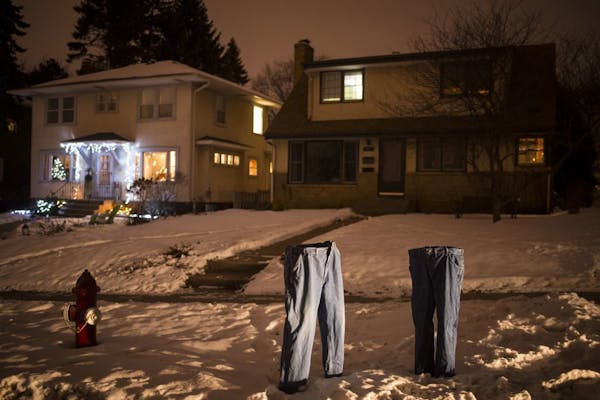Q My house was so dry this winter that I was having nosebleeds. I bought a humidifier and that helped, but now I have so much ice on my windows I cannot see out of them. I read about solutions to excess window condensation in an earlier column, but I can't afford new windows and I don't want to live with such dry indoor air. What's the solution?
A You have discovered one of the conundrums of living in cold climates.
Research indicates that for health and comfort, a relative indoor humidity of 40 to 60 percent is desirable. But keeping the air that moist over the course of a winter is more than most Minnesota homes can handle.
Water or ice will appear on windows, and if there's moisture on windows, it's also likely to be collecting, unseen, in wall and attic cavities. A few seasons of that, and building materials -- sheathing, studs and woodwork -- will begin to rot. Eventually homeowners will have to pay for repairs and replacements, but in the meantime, they may pay in another way -- poor health. Mold associated with rotting building materials can make people sick.
For existing homes, the solution is to maintain indoor humidity at a level that isn't so low as to cause nosebleeds, but isn't so high as to create moisture problems.
In your case, dry indoor air indicates that too much outdoor air is coming indoors. One can slow the infiltration of this cold, dry air by caulking and sealing windows, doors and other leaking areas. Stopping excessive cold air infiltration also saves on your heating bills. But do not plug the combustion air return. It is necessary for the proper operation of your furnace.
But since you already have a humidifier, a good move right now is to adjust its operation so you don't overhumidify your home. The guidelines below will help you do that. You'll need a hygrometer (which measures relative humidity and is available at most hardware and home stores).
The following list, supplied by the Minnesota Department of Public Service, is based on a double-glazed window and an indoor temperature of 70 degrees. You will notice that the lower the outdoor temperature, the lower the indoor humidity should be.
• If outside temperature is 20 to 40 degrees, humidity indoors should not be more than 40 percent.
• If outside temperature is 10 to 20 degrees, humidity indoors should not be more than 35 percent.
• If outside temperature is 0 to 10 degrees, humidity indoors should not be more than 30 percent.
• If outside temperature is 10-below to 0, humidity indoors should not be more than 25 percent.
• If outside temperature is 20-below to 10-below, humidity indoors should not be more than 20 percent.
• If outdoor temperature is lower than 20-below, inside humidity should not be more than 15 percent.
If you are building a home or remodeling, demand high-quality windows. They should have U-values of 0.35 or less. Such windows are less prone to cold-weather condensation and icing, which means that indoor humidity can be higher.
In heated western Minn. GOP congressional primary, outsiders challenging incumbent

Minnesota Sports Hall of Fame: A class-by-class list of all members

This retired journalist changed professional wrestling from Mankato

